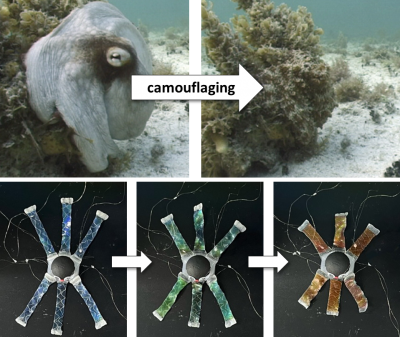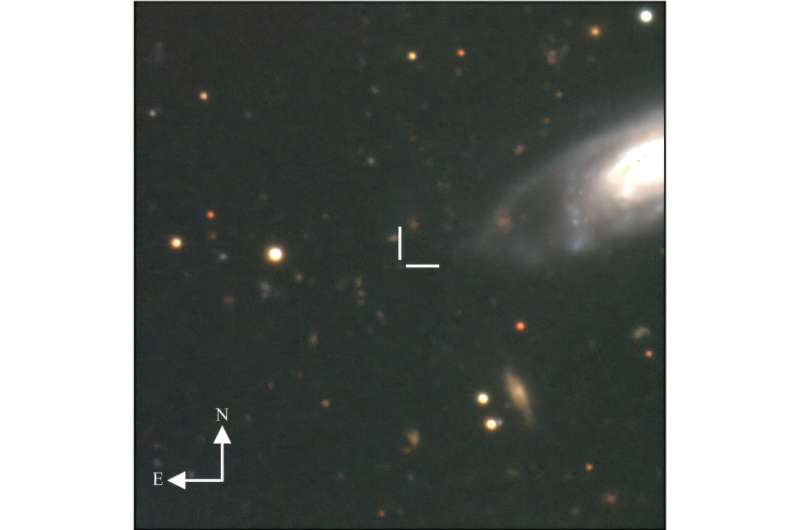An international team of astronomers has conducted detailed observations of a distant Type Ibn supernova designated as SN 2024acyl. Their findings, published on November 6, 2025, on the arXiv preprint server, provide new insights into the nature and origin of this celestial phenomenon.
Type Ibn supernovae, characterized by unique spectral features, are believed to arise from the core-collapse of massive stars interacting with helium-rich circumstellar material. These explosions exhibit high peak luminosities and typically evolve rapidly, reaching peak brightness in less than two weeks.
Discovered on December 1, 2024, by the Asteroid Terrestrial-Impact Last Alert System (ATLAS), SN 2024acyl is located approximately 398 million light years from Earth. Notably, it lies at an unusual offset from its host galaxy, with a distance of about 114,000 light years.
Observational Insights from SN 2024acyl
Following the discovery, astronomers, led by Yize Dong from the Harvard-Smithsonian Center for Astrophysics, initiated a series of multiband photometric observations. The observational campaign primarily utilized the Las Cumbres Observatory Global Telescope Network along with other ground-based facilities. The study aimed to explore the peculiar offset of SN 2024acyl in relation to its host galaxy and to investigate its characteristics through complementary spectroscopic data.
The study confirmed that SN 2024acyl exhibits typical photometric and spectroscopic features for its class. The redshift measurement of approximately 0.027 aligns with the characteristics of the galaxy CGCG 505-052, indicating a likely association. Interestingly, the study revealed a low star formation rate at the location of SN 2024acyl’s explosion, a finding that poses questions about the origins of Type Ibn supernovae.
Exploring the Origins of SN 2024acyl
The supernova is positioned approximately 32,500 light years from significant starlight of its host galaxy. This notable distance raises the possibility that SN 2024acyl could have originated from a runaway star. The research suggests that the progenitor may have been ejected from its birthplace due to close encounters within a dense cluster or as a result of a supernova explosion within a massive binary system.
By analyzing the broader population of known Type Ibn supernovae, the authors highlighted the diversity in their host environments and spectral properties. This variability may suggest multiple progenitor channels for Type Ibn supernovae, indicating a more complex evolutionary history than previously understood.
The comprehensive study of SN 2024acyl offers a valuable opportunity for astronomers to refine their understanding of Type Ibn supernovae and their origins. The research underscores the ongoing efforts to unravel the complexities of stellar explosions and their implications for the life cycles of massive stars in the universe.





































































